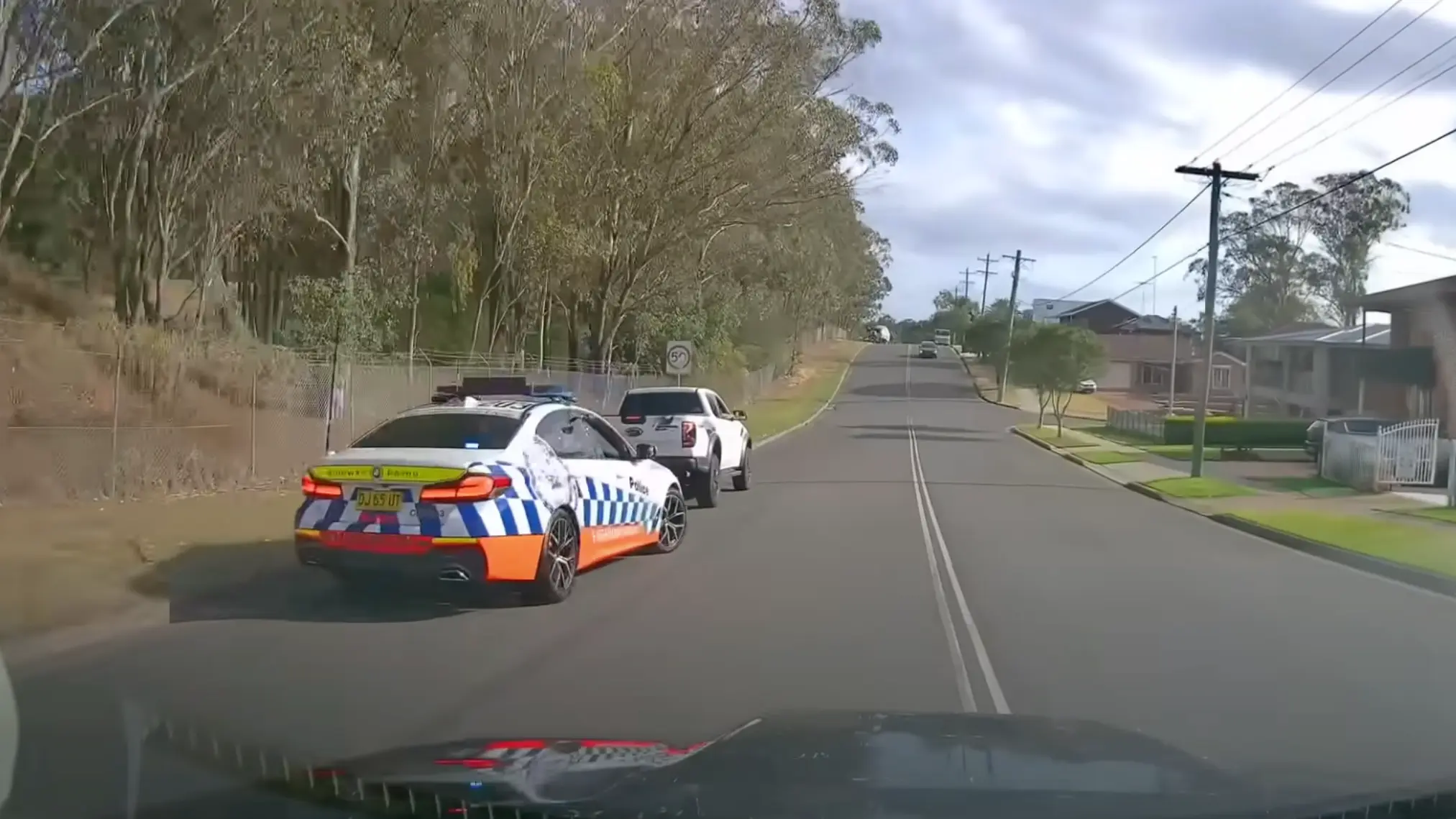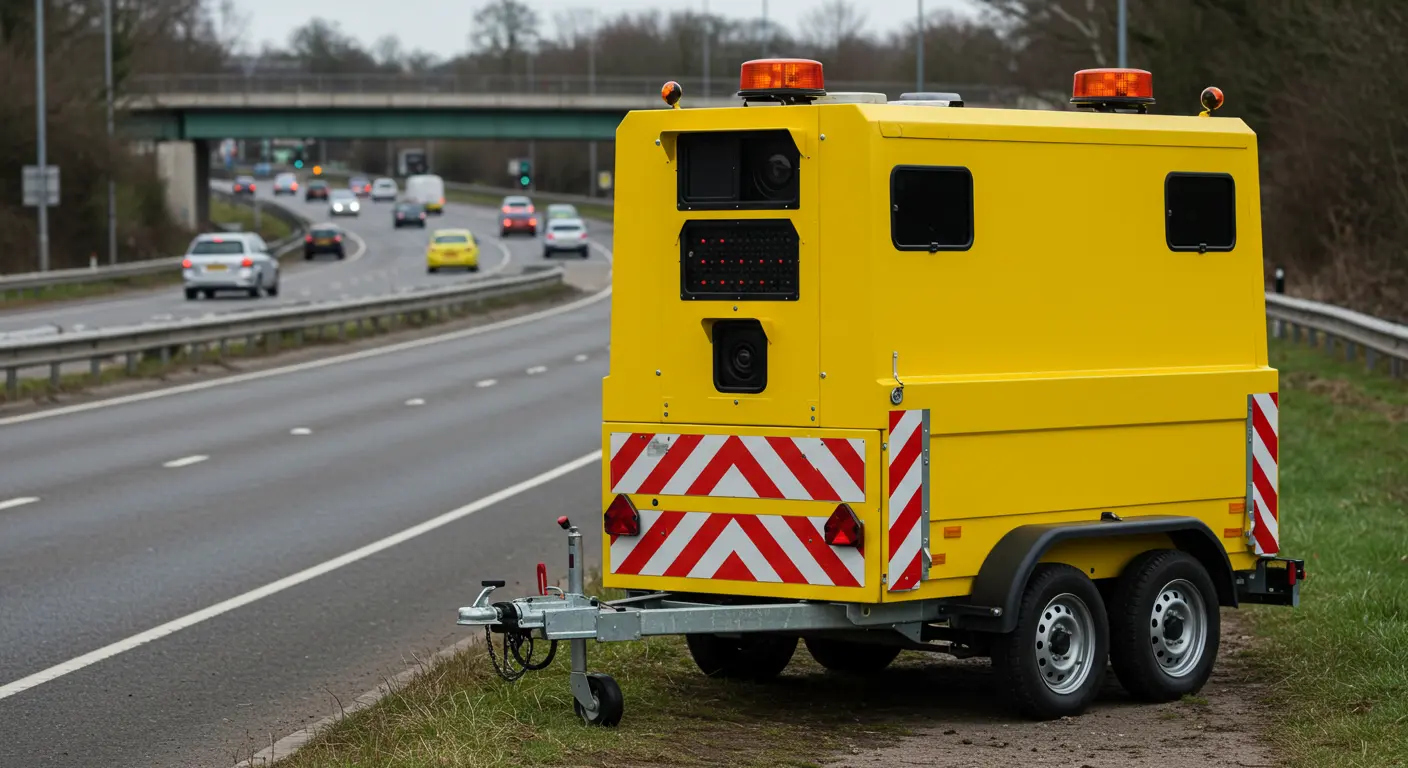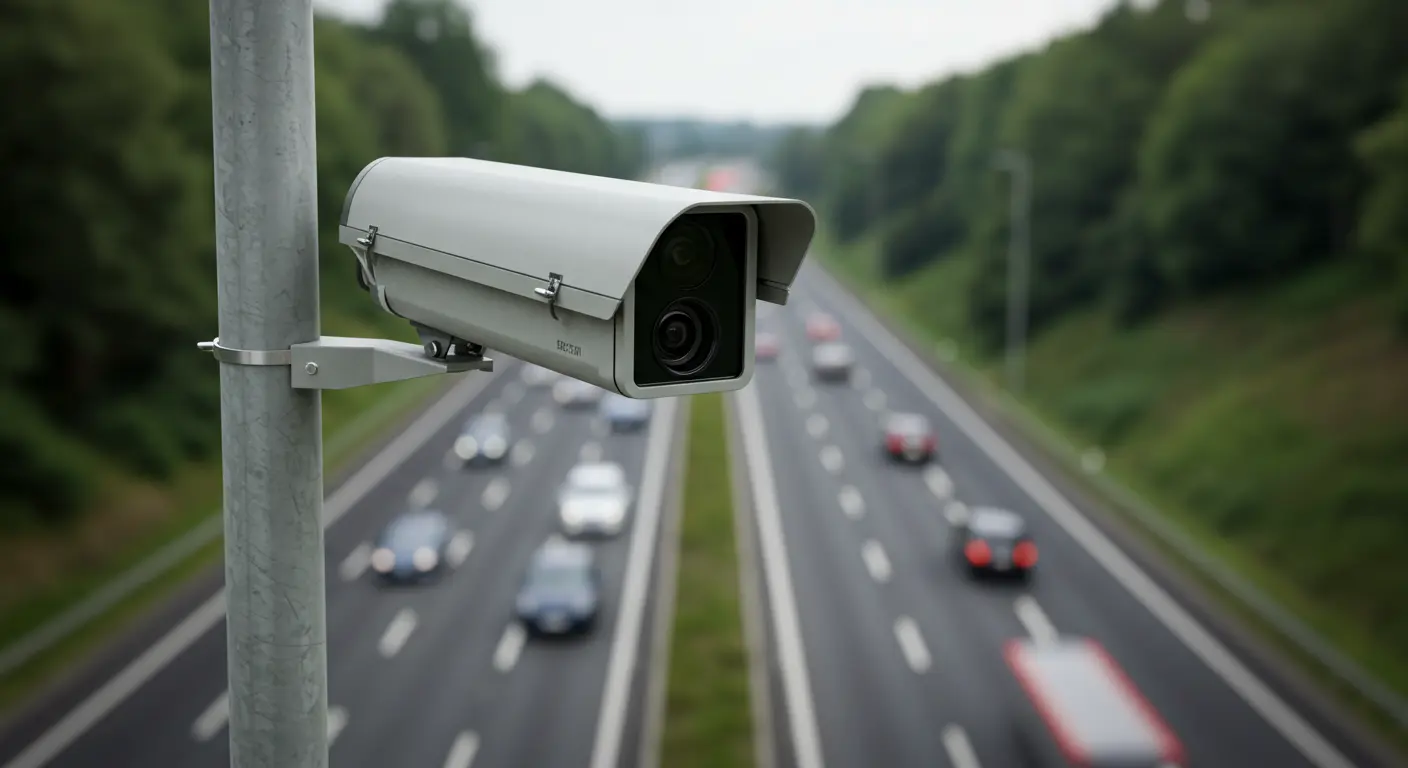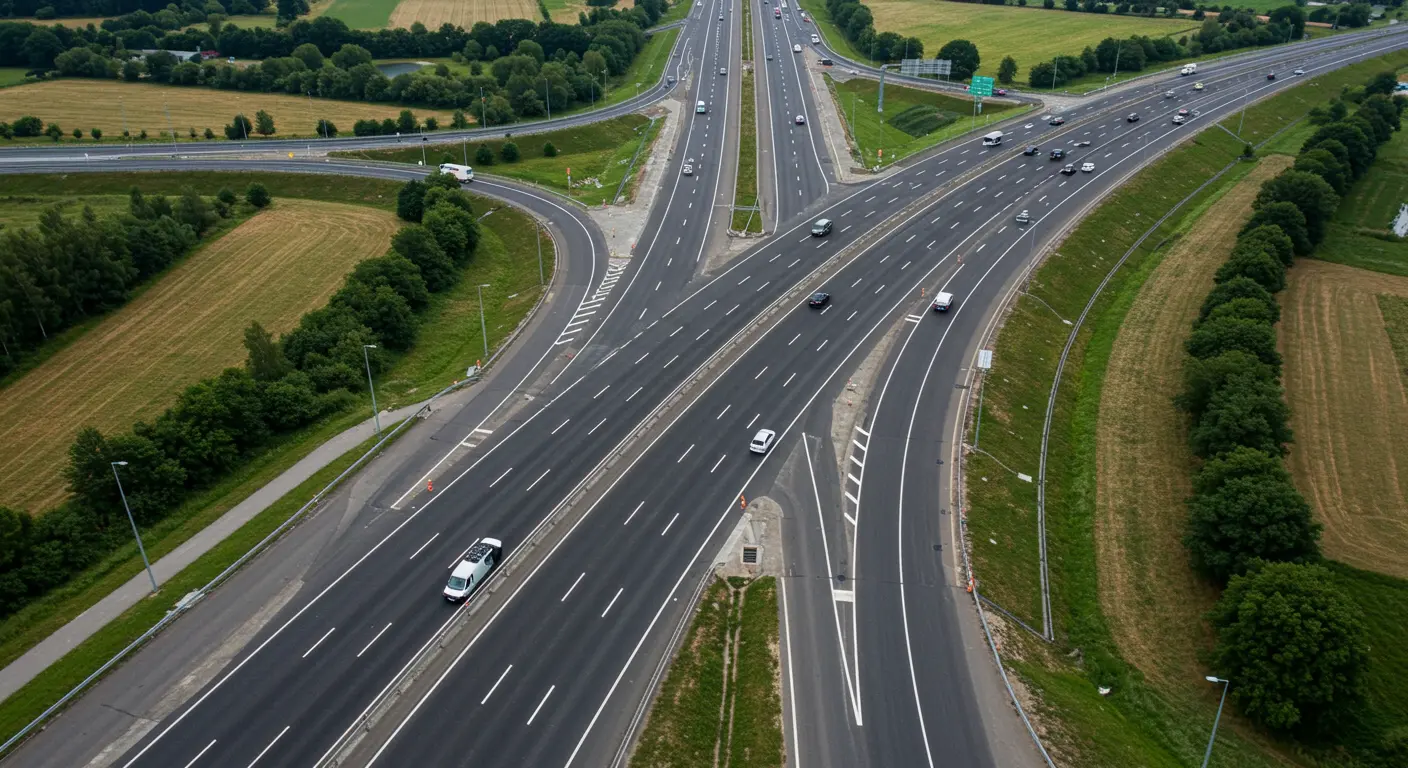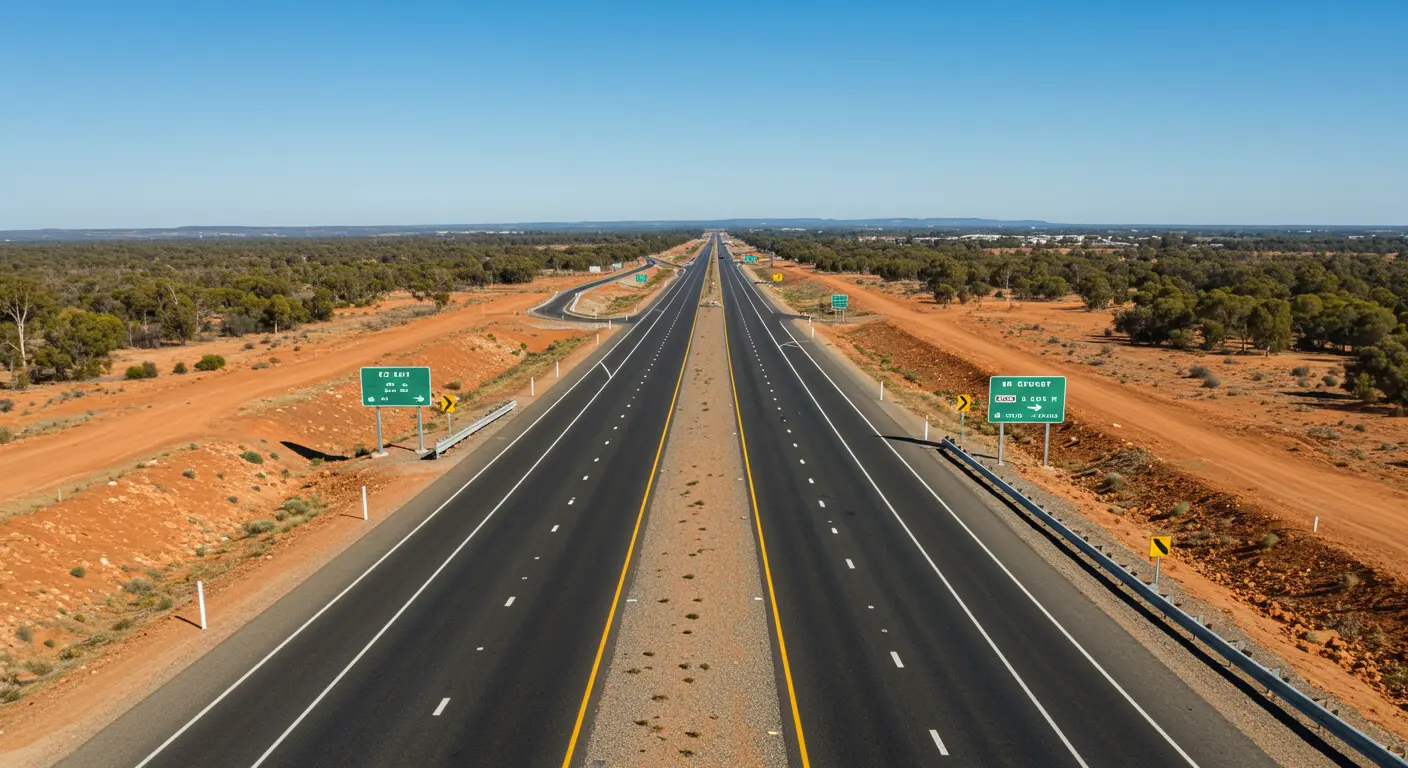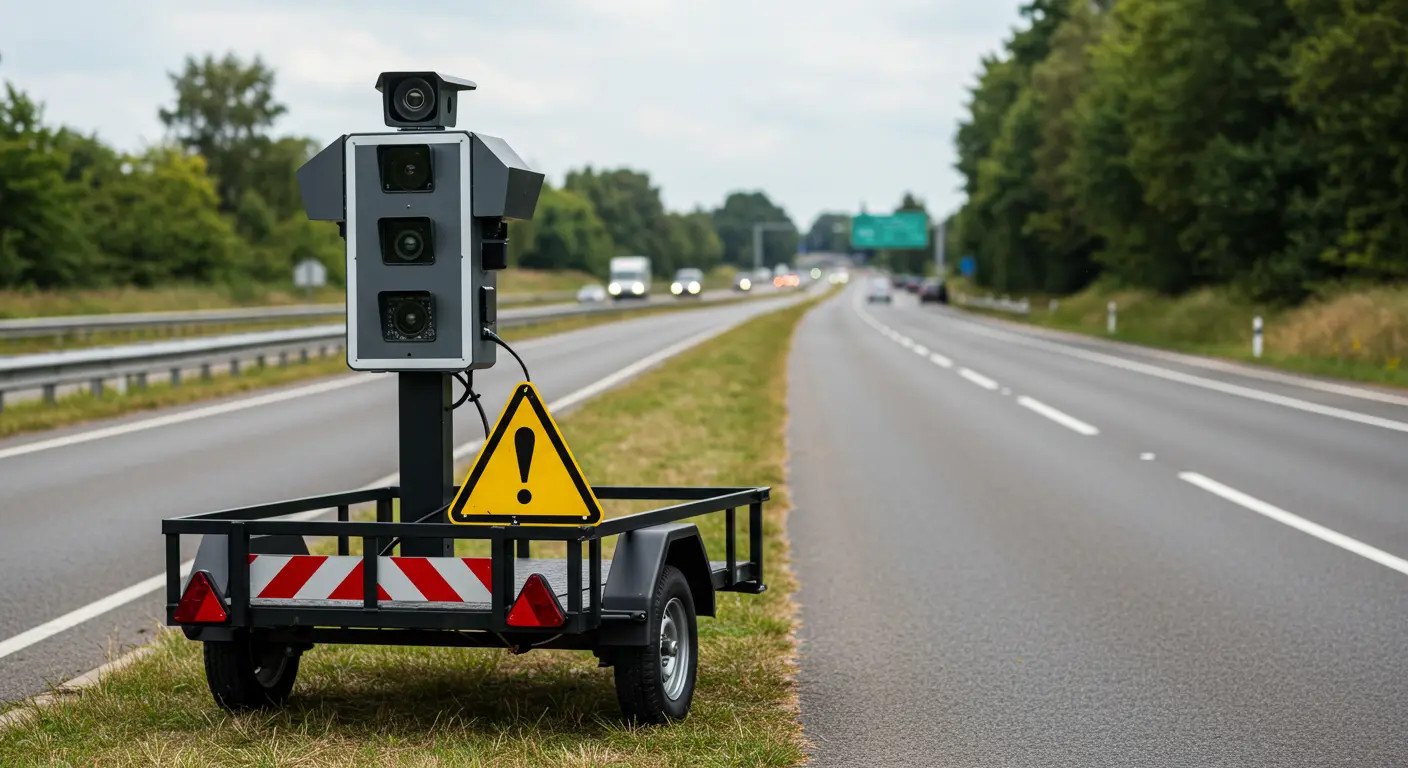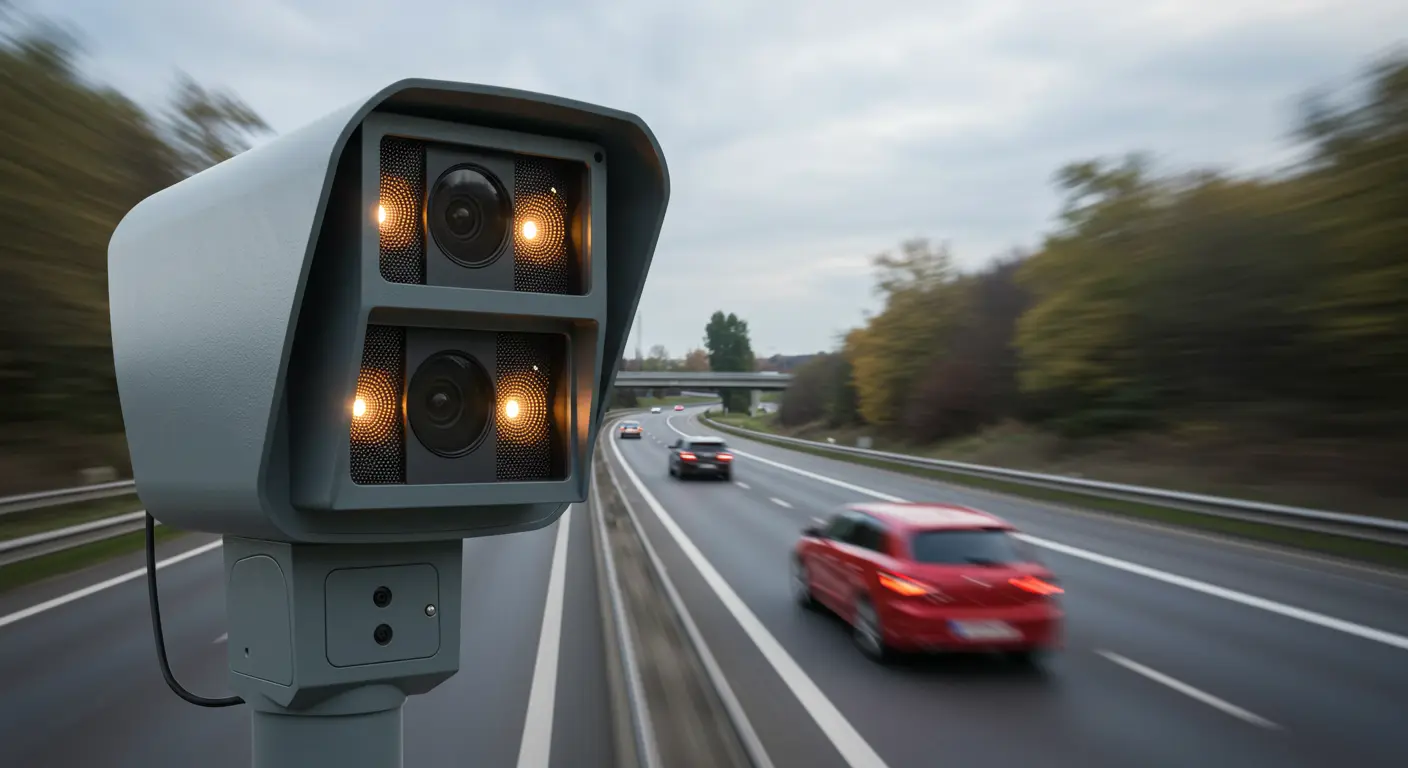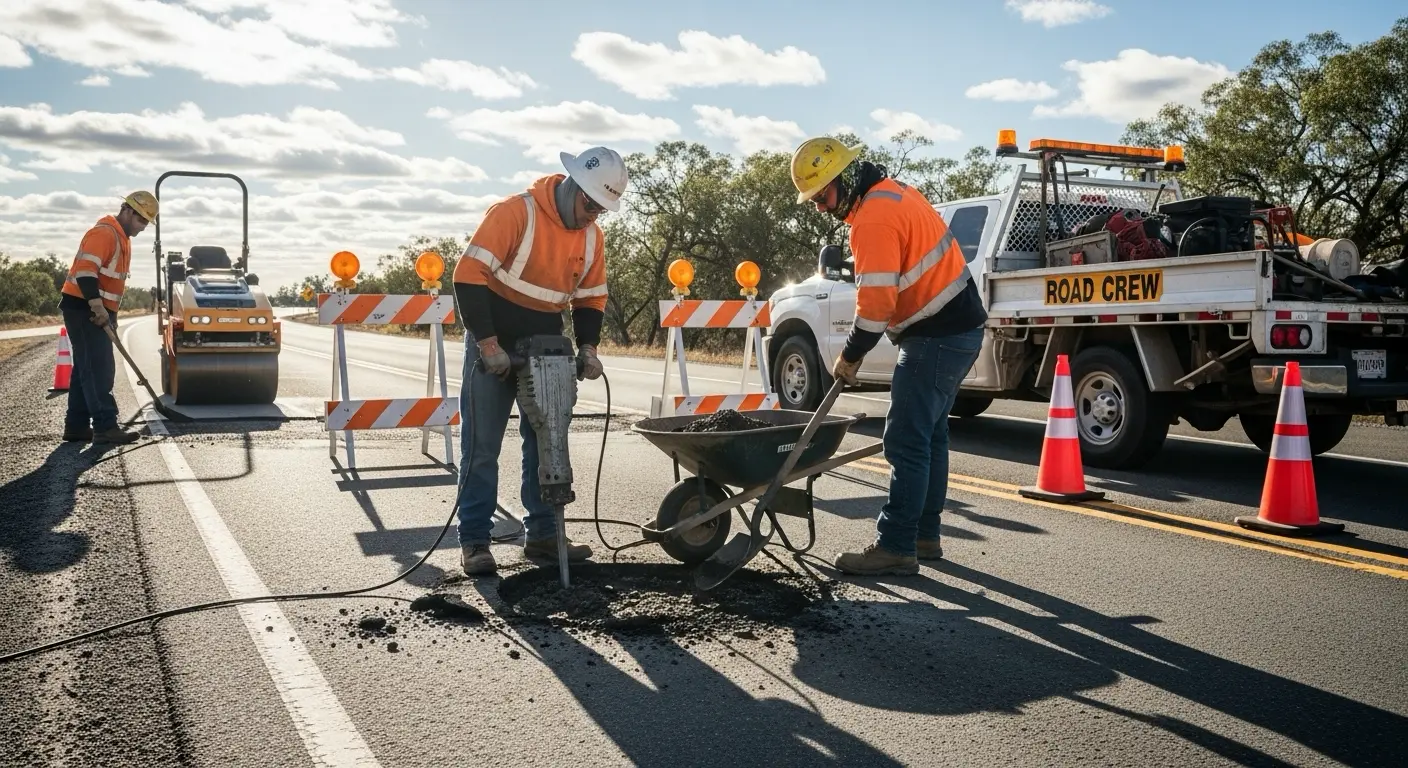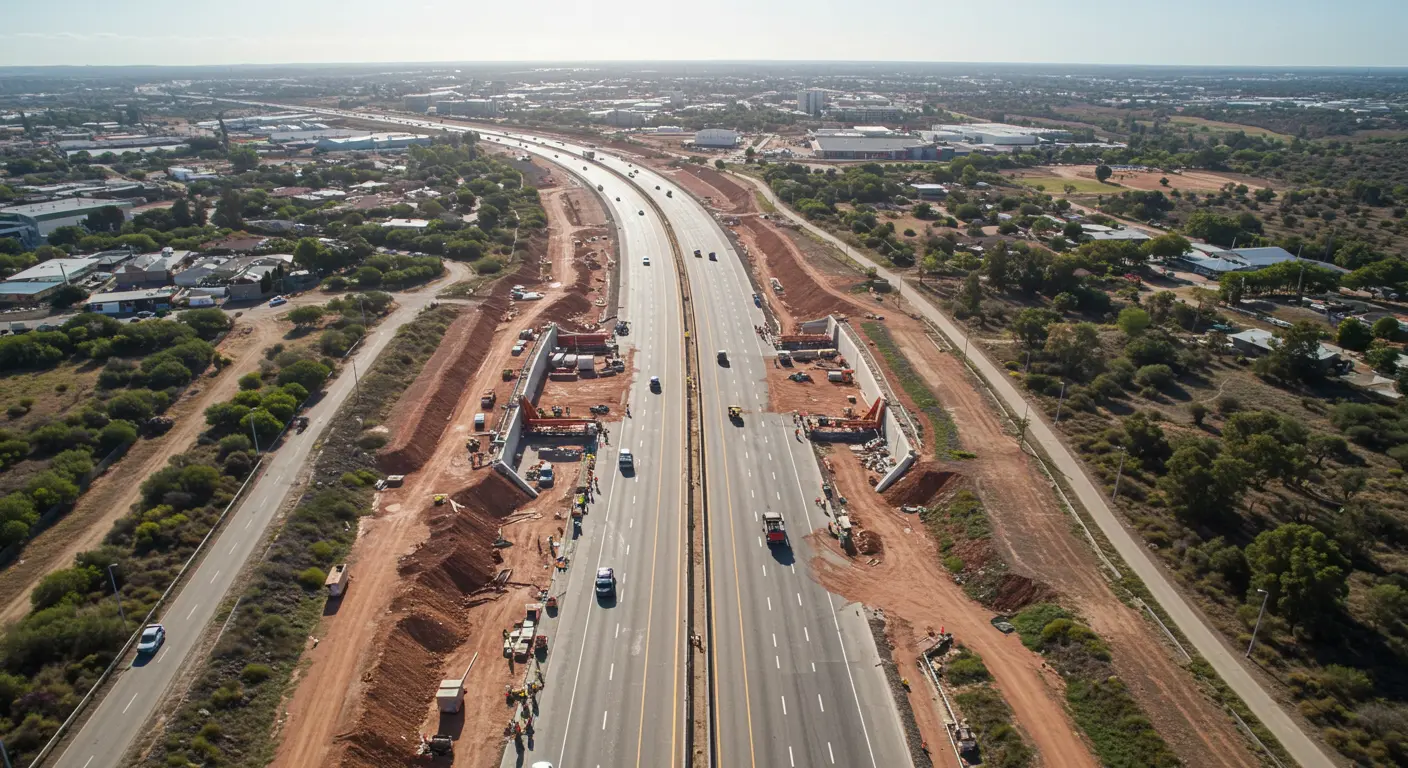New speed cameras installed on the Tasman Bridge in Tasmania have recorded a significant surge in speeding detections compared to previous enforcement technology. The Tasman Bridge, connecting Hobart's CBD on the west side of the River Derwent to the City of Clarence on the east, has seen a dramatic increase in speed violations.

Massive Increase in Detections
In their first week of operation, the newly upgraded cameras detected over 700 motorists exceeding the 70km/h speed limit. This marks a stark contrast to the performance of the older cameras installed in the 1990s, which registered just 458 speeding violations over an entire year between July 2021 and June 2022, averaging approximately 8.8 detections per week.
Testing Phase Complete
During initial testing, drivers detected travelling above the speed limit were not issued fines. With the testing phase now concluded, any future offences recorded by the cameras will be reviewed and processed by trained staff within Tasmania's Department of Police, Fire and Emergency Management.
Advanced Detection Capabilities
The new speed camera system employs modern technology capable of monitoring all bridge lanes simultaneously. This enables the system to detect multiple speeding vehicles at once, significantly enhancing its deterrence capabilities. Additionally, the cameras can upload digital evidence of alleged offences to Tasmania's road user portal. This provides drivers with access to detailed images and data beyond the standard printed infringement notices.

Technology Supplier and Expanded Enforcement
Sensys Gatso, the supplier of the Tasman Bridge cameras, is also responsible for operating several mobile speed cameras across Tasmania. These mobile units extend enforcement capabilities beyond speed violations to include offences related to mobile phone usage and seatbelt compliance.
Next Steps in Road Safety Enforcement
With full enforcement now underway, the upgraded system represents a broader push by Tasmania's authorities to strengthen road safety measures. The increased detection capacity is expected to serve as a powerful deterrent against speeding and help reduce serious road incidents on one of the state's most critical traffic corridors.
